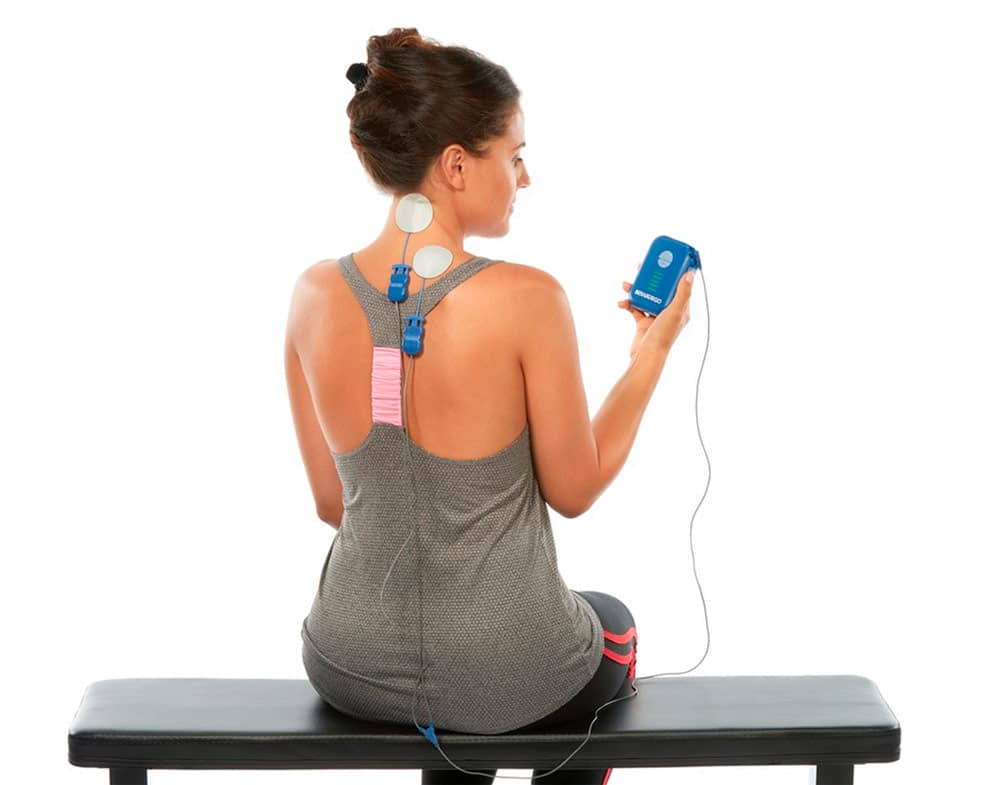In honor of National Fibromyalgia Awareness Day this month, we are doing our part to set the record straight on Fibromyalgia, a condition the MayoClinic calls “one of the most misunderstood disorders in medicine today.” Once thought to be an autoimmune or inflammatory disorder, specialists now agree that fibromyalgia is a disorder of the nervous system. It most commonly affects women in middle age and is often found in conjunction with other disorders — arthritis, lupus, spondylitis, and additional rheumatic disorders. It is estimated that 20 million Americans suffer from fibromyalgia.
Fibromyalgia is a disorder difficult to diagnose and is often accompanied by depression and anxiety. The symptoms are so wide-ranging that a comprehensive battery of tests is required to properly diagnose it. Once thought to be a psychosomatic or “phantom” disorder, 20 years of research has proven otherwise. While there is no cure, there are many therapies currently in use to treat the wide range of symptoms caused by the disorder
Symptoms of Fibromyalgia
There are countless symptoms of fibromyalgia, making it a challenge to diagnose and treat. Diagnosis can often take a long time because many of the symptoms mimic other diseases and disorders.
The most common symptoms of fibromyalgia are:
- Chronic and severe fatigue
- Headaches
- Chronic muscle pain throughout the body
- Chronic joint pain
- Facial or jaw pain (sometimes referred to as TMJ)
- Numbness and/or tingling in the hands or feet
- Insomnia and related sleep problems
- Anxiety and depression
- Brain fog/memory issues
- Loss of stamina
- Abdominal issues – bloating, diarrhea or constipation
- Stiffness, soreness or burning in specific parts of the body
- Pain that increases in damp/cold weather or periods of stress.
Treatments for Fibromyalgia
It is critical that patients choose the best healthcare provider to diagnose and treat their fibromyalgia. Most patients start with their PCP and are then referred to a rheumatologist specializing in fibromyalgia for final diagnosis and treatment recommendations. Treatments and therapies may include one or more of the following treatment options.

Neuro stimulation: While traditional TENS therapy has been given positive feedback for pain management, it cannot reach into the deep tissue where fibromyalgia pain exists. BioWave® is a portable device that sends therapeutic, high frequency electrical signals into deep tissue. These signals then block the transmission of pain at the nerve, before ever reaching the brain. This therapy can treat chronic and severe pain caused by fibromyalgia in combination with other therapies recommended by fibromyalgia specialists/rheumatologists.
Medication: there are several drugs approved by the FDA for the treatment of fibromyalgia including antidepressants or anti-seizure medications.
Acupuncture: An age-old Chinese practice, acupuncture can be helpful to patients in managing low to moderate pain and stiffness. Acupuncture is one of the alternative medicine treatments proven somewhat effective in treating the pain of fibromyalgia.
Thermal Therapies: Fibromyalgia patients find some pain and stiffness reduction through thermal therapies such as heat therapy or cryotherapy. Both are being studied actively for treatment efficacy.
Exercise: Regular exercise, no matter what level of fibromyalgia pain, improves the quality of life for patients. Yoga, swimming, cycling and elliptical work have all been shown to help.
Massage Therapy: Exercise in combination with massage therapy can be an important treatment. In addition, exercise and massage can alter patients’ mental health, reducing anxiety and alleviating depression, even if only temporarily.
Relaxation and Stress Reduction: Various forms of stress reduction have been shown to help alleviate some fibromyalgia symptoms. This includes meditation, yoga, deep breathing, sound therapy and increased interaction with nature. Developing high quality sleep habits is also integral to overall treatment of fibromyalgia.

Fibromyalgia appears to have as many manifestations as there are people who suffer from it. With a comprehensive protocol integrating many, if not all, of these treatments, patients may alleviate the pain caused by their symptoms and improve their quality of life.



